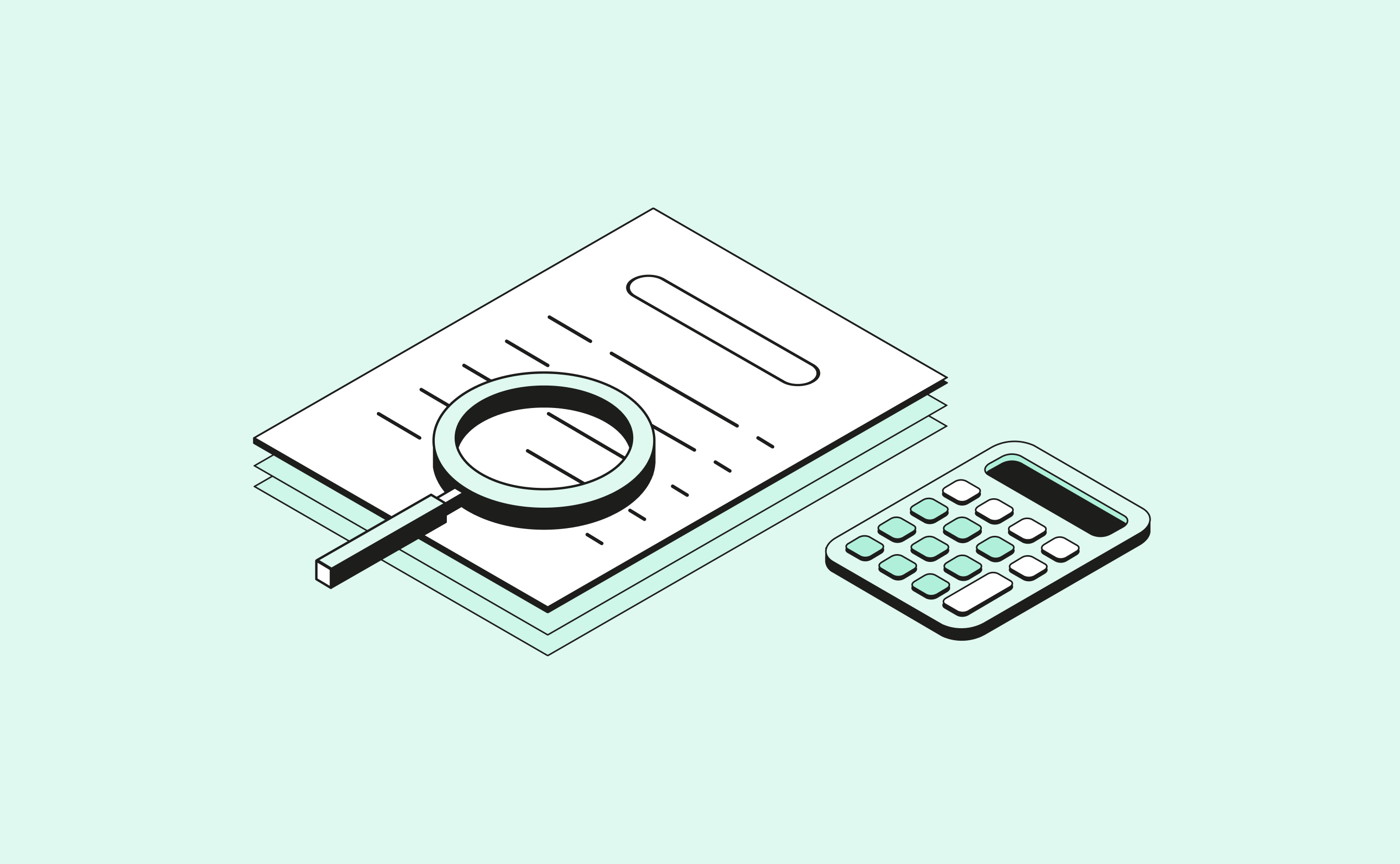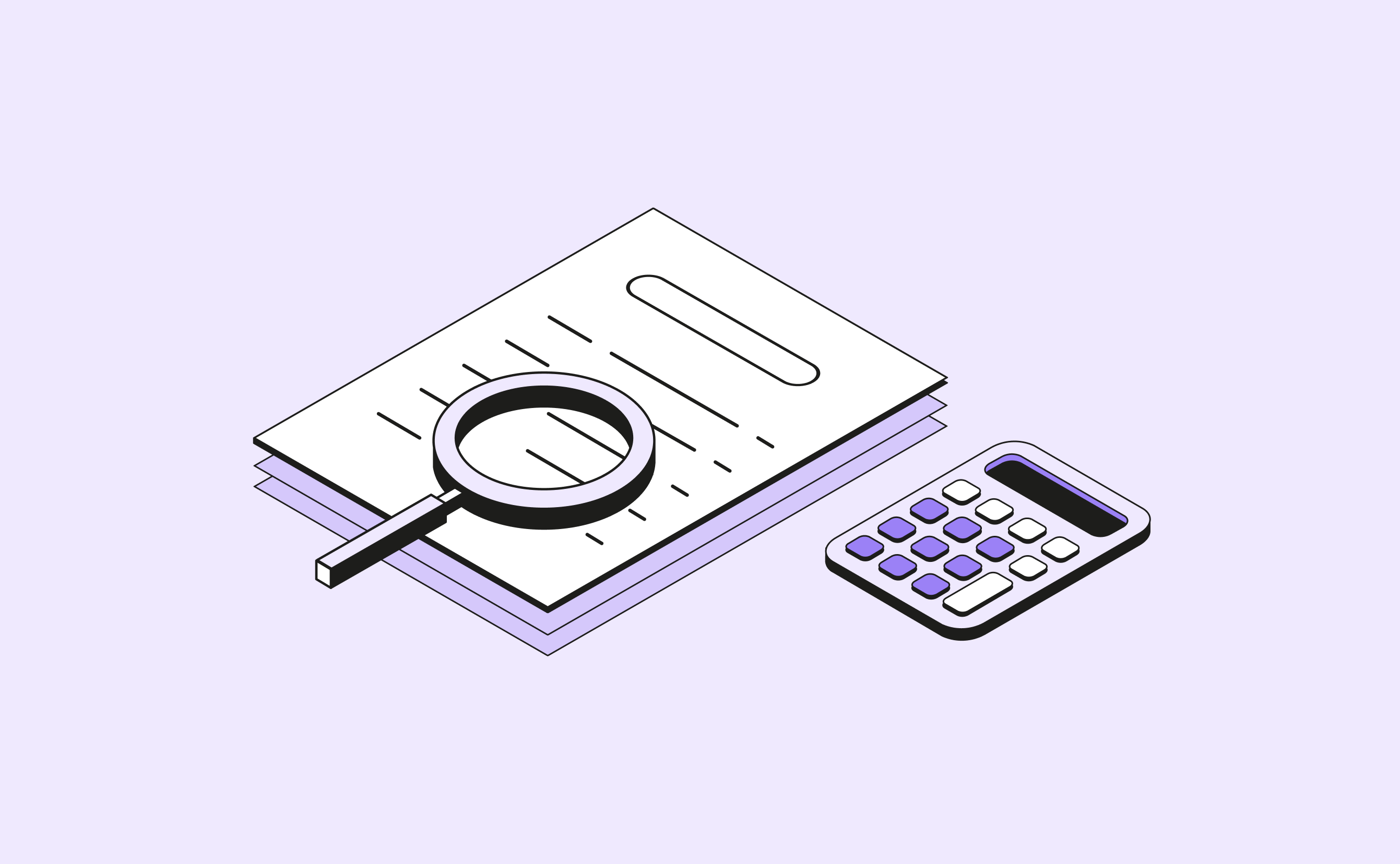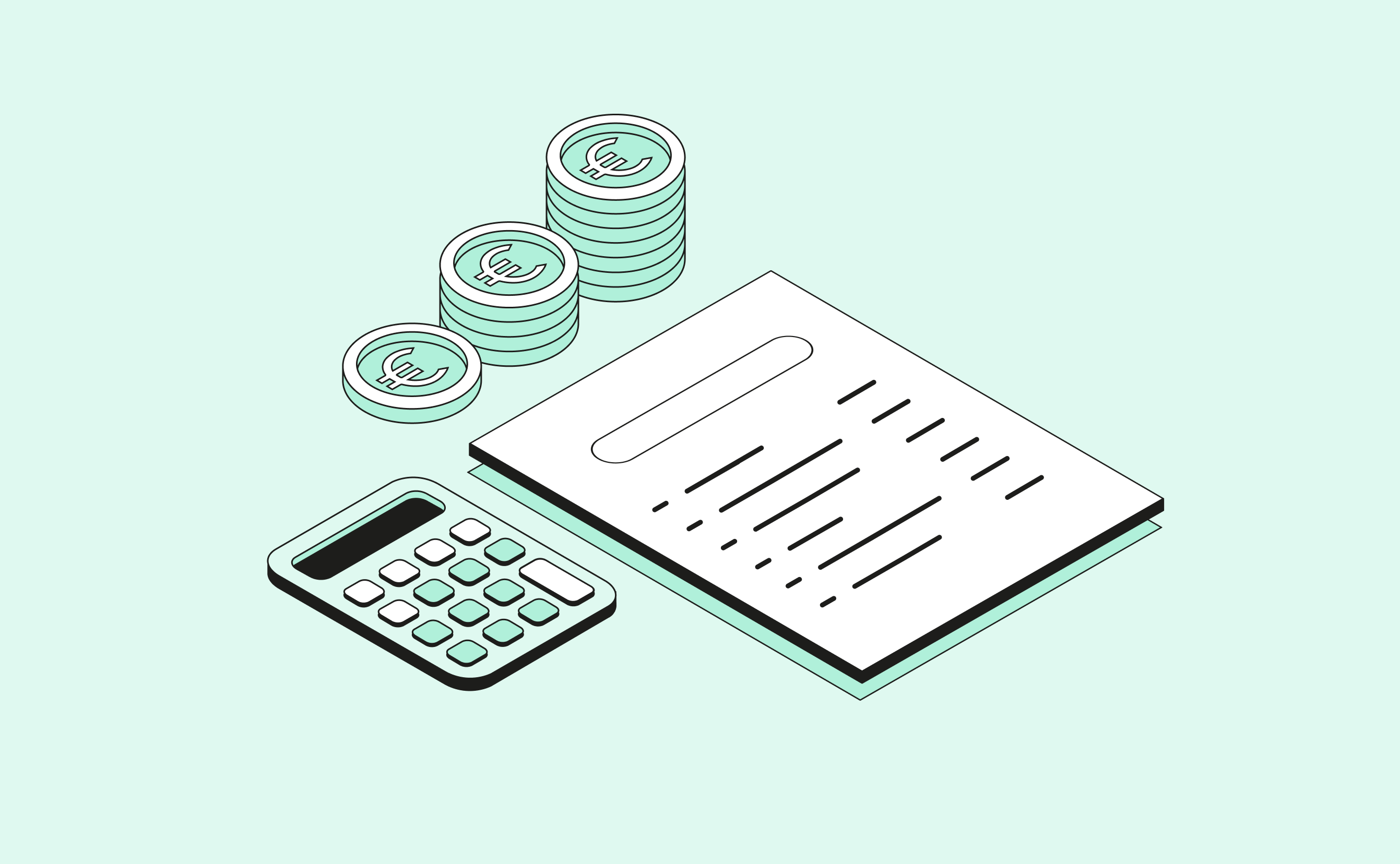Completing your tax returns as a freelancer can often be stressful and full of questions. What should you declare? In which part of the form? Unfortunately, it’s not always clear how to fill out French taxes, and we don’t blame you for finding the tax form daunting. In this article, we’ll help you navigate French taxes so you can file them as a freelancer, error-free.
Freelancers: how to file your taxes

When should you file your taxes? The period to get your taxes done usually starts in early April and closes end of May. For example, you could begin filing your 2022 taxes on 7 April 2023. The deadline to complete them was May 24, 23:59 CET.
How freelancer taxation works
Filing your taxes, a must-do administrative procedure
As an entrepreneur, which tax should you be paying? Income tax (Impôts sur le Revenu or IR in French), Corporate tax (Impôts des Sociétés or IS in French), or both? This all depends on your company’s legal status.
That being said, regardless of your company’s tax regime, you’ll still need to file tax returns at a personal level. There, you’ll need to declare the income you earned as an independent contractor. The paperwork then varies depending on your business type and tax status.
A single tax return for freelancers
As a freelancer, you have several accounting obligations to fulfill: you need to declare your social security contributions, VAT (if this applies to you), and so on.
For some years now, the French administration has been working on simplifying procedures for freelancers and independent contractors. Tax returns have notably been one of the areas of focus. Now, freelancers have only one tax return to file (vs. three previously): the 2042-C-Pro form.
Plus, since 2021, the information you fill out in this declaration is not only just used to determine how much you need to pay in income tax. It is also used to calculate your social security contributions without you having to fill out any other forms.
Micro-enterprises still need to make monthly or quarterly URSSAF declarations on the autoentrepreneur.urssaf.fr website.
Tax regimes for independent contractors
Before being able to file your tax returns, you need to know your company’s tax regime. You have three at your disposal:
- the micro-enterprise regime (le régime de la micro-entreprise),
- the real regime (le régime réel),
- the controlled declaration regime (le régime de la déclaration contrôlée);
The micro-enterprise regime
Micro-entrepreneurs, by default, belong to the micro-tax regime. This means you if, in the last 12 months, you earned less than:
- €77,700 for service activities belonging to Industrial and Commercial Profits (Biens Industriels et Commerciaux or BIC in French) and liberal professionals who fall under Non-Commercial Profits (Biens Non Commerciaux or BNC in French), and;
- €188,700 for trade and rental companies.
If you are eligible, you can also opt for income tax withholding. This modifies how your taxes are calculated. In particular, it allows you to pay your income tax and mandatory social security contributions simultaneously.
Real tax regimes
All companies earning more than the micro-enterprise thresholds above automatically belong to the real regime.
- Service provider companies with an income between €77,700 and €264,000 and trade or rental companies with revenue ranging from €188,700 to €876,000 fall under the real simplified regime.
- Service companies earning more than €264,000 in revenue and trade and rental companies earning more than €876,000 annually fall under the normal real regime.
The controlled declaration regime
What if you’re a liberal professional who earned over €77,700? Companies whose profits fall under Non-Commercial Profits (BNC in French) and earn over €77,700 before tax mandatorily belong to the controlled declaration regime. Here, the tax office looks not so much at the total revenue made but rather at how much profit was generated. This is then used to calculate what taxes are owed.
Industrial and Commercial Profits (BIC in French) or Non-Commercial Profits (BNC in French): how do you know which type of profits you’re earning?
How to fill out your tax returns as a freelancer
You’ll want to fill out the 2042-C-pro form to file your taxes as a freelancer. Don’t worry, though. You won’t have to look this form up. Instead, by checking the right boxes at the beginning of your online tax declaration, you’ll automatically be taken to the section for entrepreneurs.
Your first steps
- Log into your personal account (espace particulier) on the impots.gouv.fr website.
- Click on See your online declaration (accéder à la déclaration en ligne), and then on Start (Commencer).
- Enter any changes in your family situation (étapes préalables) and your personal information (renseignements personnels). You can skip ahead if nothing has changed in the past year.
- a micro-entrepreneur who opted for tax withholding (prélèvement libératoire)? Tick the “Micro-entrepreneur opting for tax witholding” option (Micro-entrepreneur [auto-entrepreneur] ayant opté pour le versement libératoire de l’impôt sur le revenu).
- earning non-commercial profits (BNC)? Tick the “Non-commercial profits” box (Revenus non commerciaux professionnels).
- earning Industrial or Commercial profits (BIC)? Check the “Industrial or commercial profits” box (Revenus industriels et commerciaux professionnels).
Then, you’ll get to Step 3: Income and expenses (revenus et charges). This is where you’ll want to enter the type(s) of income you earned in the previous year.
Are you both a freelancer and an employee? Then, at step 3: Income and expenses (revenus et charges), you’ll also need to check Salaries and Wages (Traitements et Salaires) and make sure the amount listed corresponds to your taxable salary.
Are you a freelancer “employed” by an umbrella company? If you choose to go through an umbrella company to start your freelance activity, you are then considered by the tax administration as an employee. As such, you’ll need to fill out the “usual” tax declaration by only ticking the “Salaries and Wages”(Traitements et Salaires) box at step 3. You can then check the pre-filled information is correct.
You’re a micro-entrepreneur under the micro-tax regime
Now that you’ve specified your tax situation, let’s dive in.
If you’re a micro-entrepreneur (also known as an auto-entrepreneur) under the micro-tax regime (no tax withholding), you’ll need to declare your gross annual income in the 2042-C-pro form.
Make sure you’re entering the annual amount you made, not the amount you billed. If you’re still waiting on the payment of some invoices by the time your taxes are filed, don’t include those in your tax return. For example, you send out an invoice in December 2023, but your client won’t pay you until January 2024. Therefore, this invoice will count for your 2024 tax returns, not your 2023 taxes.
As a micro-enterprise, you benefit from the deduction of a lump-sum abatement (abattement forfaitaire).
No need to deduct this abatement yourself. You’re expected to declare your gross annual income. The abatement will then be automatically deducted from this amount.
Based on your activity, the amount deducted for business expenses varies. It’ll amount to:
- 34% of your income for liberal and other activities that belong to the non-commercial profits category (BNC in French),
- 50% of your income for all industrial and commercial profit-based activities (BIC in French)
- 71% of your income for all activities relating to purchasing goods for resale, manufacturing products from raw materials for selling purposes, selling food for on-site consumption, and accomodation services.
Which boxes should you fill out?
- If your profits are in the BNC category, you’ll need to complete the following:
- the 5HQ box: taxable income (revenus imposables), and
- the 5XI box: the number of months your micro-enterprise was active.
- If your profits are in the BIC category, you’ll want to fill out either:
- the 5KO box: Sales of merchandise and related items, or
- the 5KP box: Services and furnished rentals.
Need help determining how many months of activity to declare? It’s straightforward: you have three scenarios to choose from.
- If your business was created before 2023 and continued to exist throughout the year, your company was active for 12 months so you can enter 12.
- If you created your business in 2023, you’ll need to count how many months it was active that year since its creation. For instance, if you launched your company on the 13th of April, you’ll want to enter 9 because your micro-enterprise was active nine months out of 12.
- If you closed down your company in 2023, you’ll want to enter the number of months it was active before it closed. For instance, you closed your company in November. You can enter 11 in the 5XI box.
You are a micro-entrepreneur who opted for tax withholding
Depending on your activity, you’ll need to enter your gross annual revenue in one of the following boxes:
- 5TA box: Sales of merchandise and related items in the BIC category,
- 5TB box: Services and furnished rentals in the BIC category (artisanal and commercial services),
- 5TE box: Non-commercial revenue under the BNC category (liberal activities).
If you are subject to VAT, remember to enter your gross annual income, excluding taxes.
You are under the controlled declaration tax regime (BNC category)
Are your profits non-commercial? You then want to enter your net earnings in the form. These correspond to your revenue or sales minus your deductible business expenses. You’ll find this amount in your balance sheet, which your Certified Public Accountant will have taken care of.
Once you’ve received your tax returns (liasse fiscale) from your Certified Public Accountant , you’ll need to fill out the following fields:
- the number of months of activity of your business, if it was created or closed down the year you’re filing taxes for: 5XI
- if you made a profit: 5QC (if you belong to an accredited professional accounting center[Centre de gestion agréé or CGA in French]) or 5QI (if you have no CGA membership).
- if you have to report a loss: 5QE (you belong to a CGA) or 5QK (no CGA membership).
- if you generated short-term capital gains: 5XP (CGA membership) or 5XQ (no CGA membership).
- if you experienced short-term losses: 5XH (CGA membership) or 5XL (no CGA membership).
These fields should be pre-filled. If that’s the case, make sure the information entered matches the numbers on your tax returns (liasse fiscale).
You are under the real tax regime (BIC category)
Are your profits industrial or commercial? Like entrepreneurs in the BNC category, you’ll want to enter the information on your balance sheet forecast on your tax return.
These are the boxes to fill out:
- the number of months of activity of your business, if it was created or closed down the year you’re filing taxes for: 5DB,
- if you made a profit: 5KC (if you belong to an accredited professional accounting center[Centre de gestion agréé or CGA in French]) or 5KI (if you have no CGA membership).
- if you have to report a loss: 5KF (you belong to a CGA) or 5KL (no CGA membership).
- if you generated short-term capital gains: 5DK (CGA membership) or 5DL (no CGA membership).
-
if you experienced short-term losses: 5DM (CGA membership) or 5DN (no CGA membership).
Are you unsure about how you filled out your 2042-C-Pro form? You can refer to the complete tax administration’s notice (link in French) or ask your Certified Public accountant for help if you have one.
Two final pieces of advice to conclude this article:
- Make sure you consider your expenses, especially your taxes when determining your daily rate. If you didn’t plan for such expenses, this could significantly affect your actual income at the end of the year.
- Do not hesitate to ask for the help of a Certified Public accountant with these questions, especially to optimize your taxes.
You now have all the information you need to complete your next tax return without making any mistakes. Benefit from professional tools that help simplify your bookkeeping, open a business account with Qonto.
Not a freelancer yet, but looking to become one? Follow our guide to get started.






